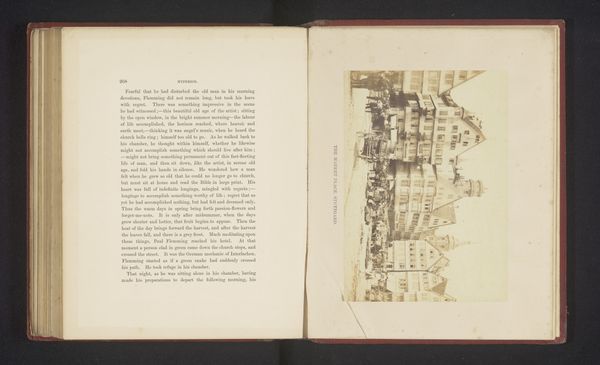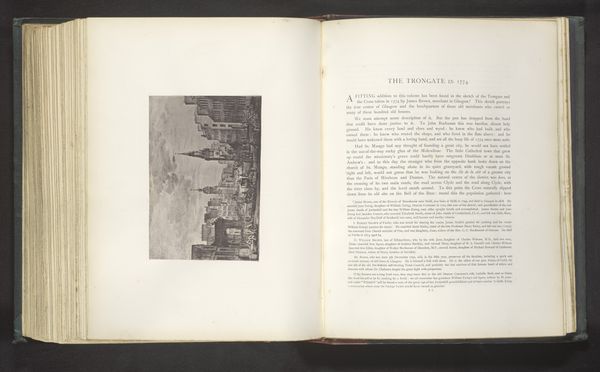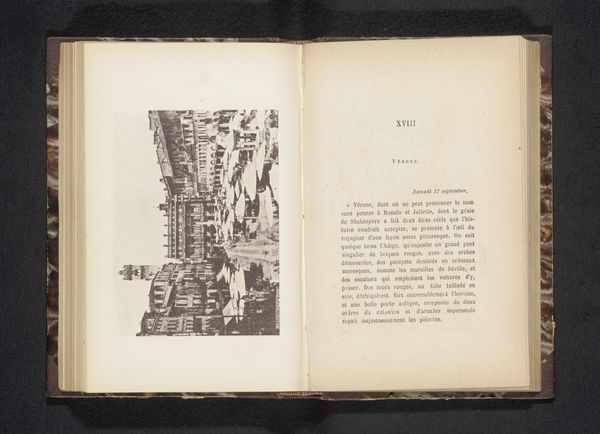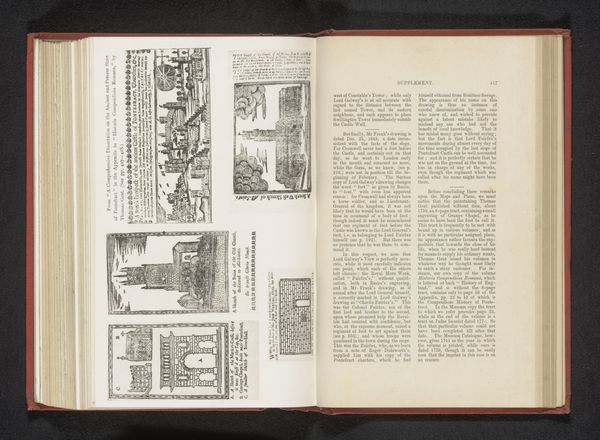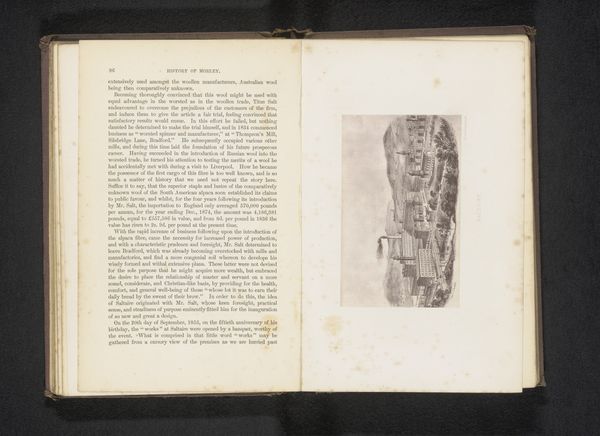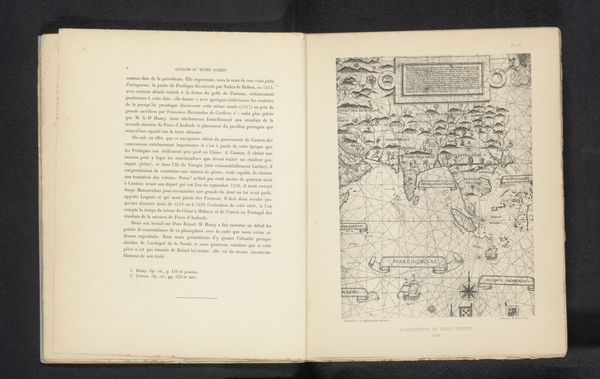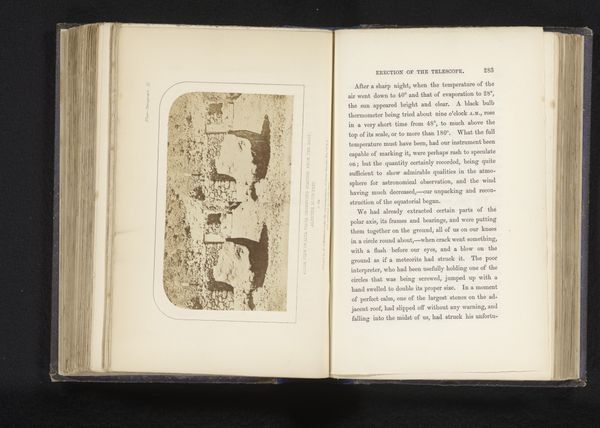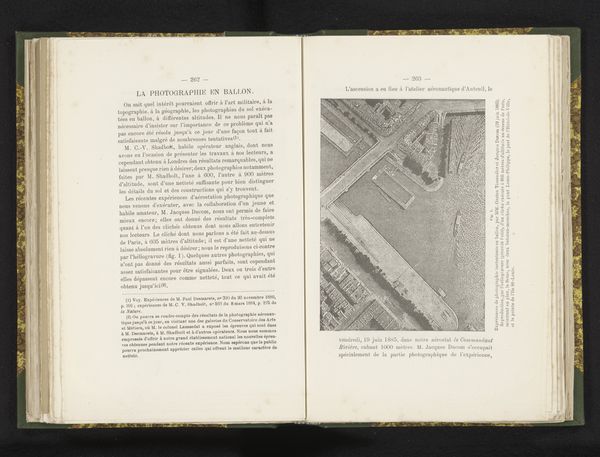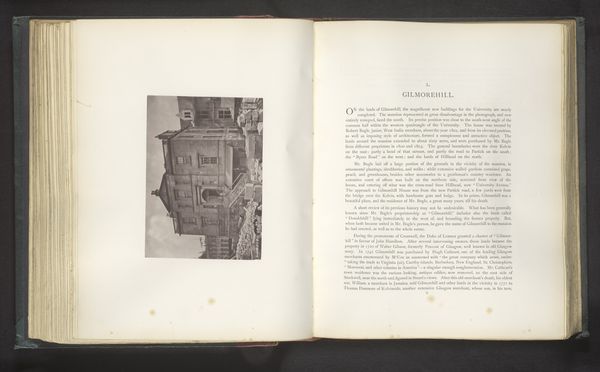
print, paper, engraving
# print
#
asian-art
#
paper
#
line
#
cityscape
#
history-painting
#
engraving
Dimensions: height 68 mm, width 173 mm
Copyright: Rijks Museum: Open Domain
Editor: Here we have a print called "Goa Market Place," dating to before 1893. It appears to be an engraving on paper depicting a bustling city street. The mood feels very active, full of movement and people interacting. How do you interpret this work, especially given its historical context? Curator: What strikes me immediately is the depiction of a colonial encounter. Though seemingly a neutral cityscape, we must consider it through the lens of power dynamics. Who is represented here, and how? This bustling marketplace is not just a scene of commerce, but a site of cultural exchange and potential conflict, don’t you think? Editor: That's interesting. I hadn’t considered the potential for conflict. What makes you say that? Curator: Look at the figures – who seems to have agency, and who is merely part of the background? The act of depicting this "exotic" scene already implies a certain gaze. It reflects the interests and perceptions of the colonizer. The composition frames Goa as a spectacle for Western consumption. How might this image have been used to justify colonial rule, perhaps by portraying Goa as chaotic and needing civilizing? Editor: That’s a perspective shift for me. I was initially drawn to the details and activity, but your interpretation reveals a layer of social and political commentary I hadn’t noticed before. Curator: Exactly. By interrogating these seemingly innocuous scenes, we can unravel the complex narratives of identity, power, and representation embedded within them. It's about looking beyond the surface and asking: whose story is being told, and why? Editor: I see it differently now, more critically. It highlights how art can be both a document of a place and an artifact of colonial power structures. Curator: Precisely! And this understanding can inform how we analyze contemporary images and the power structures they might perpetuate.
Comments
No comments
Be the first to comment and join the conversation on the ultimate creative platform.


